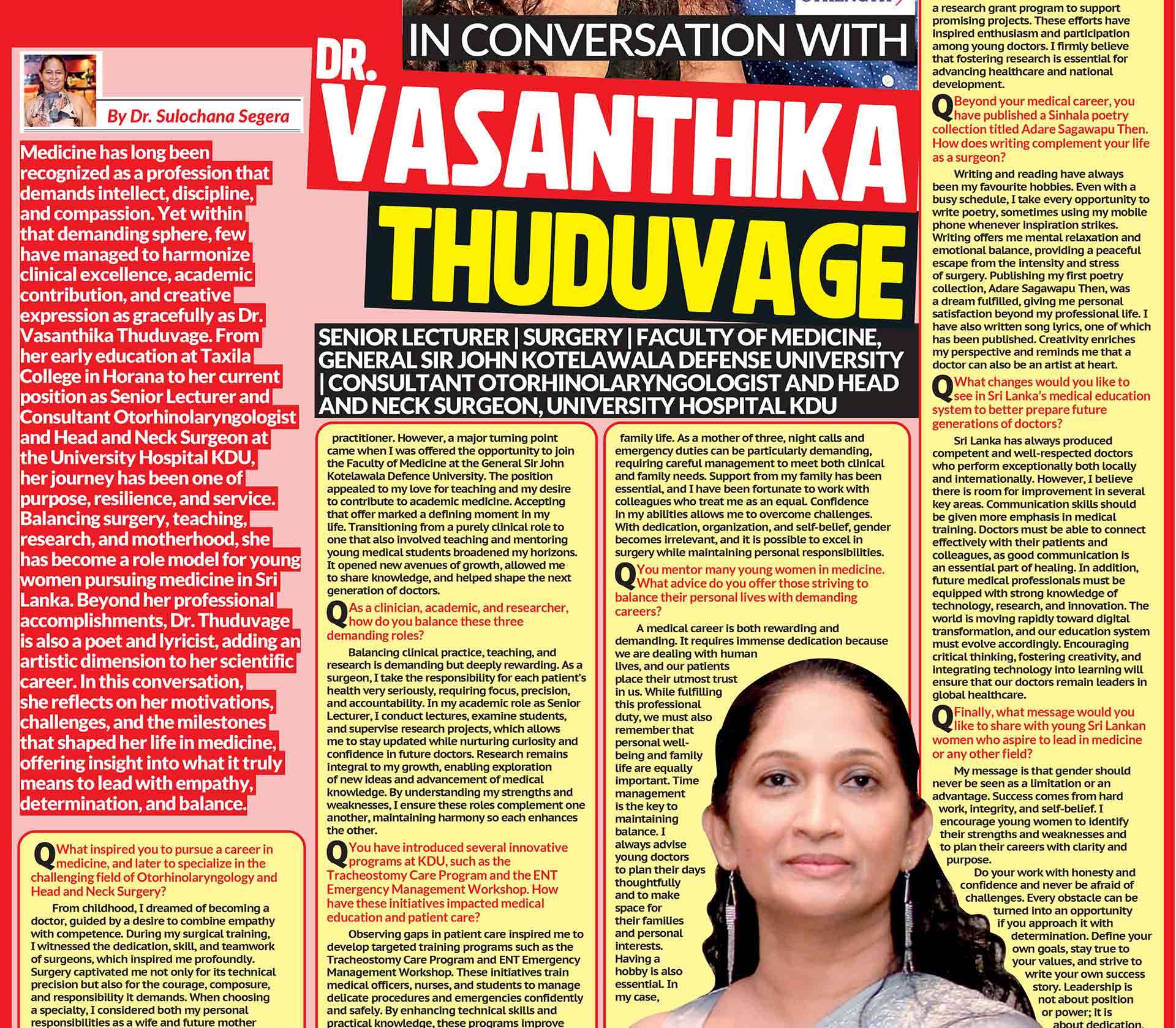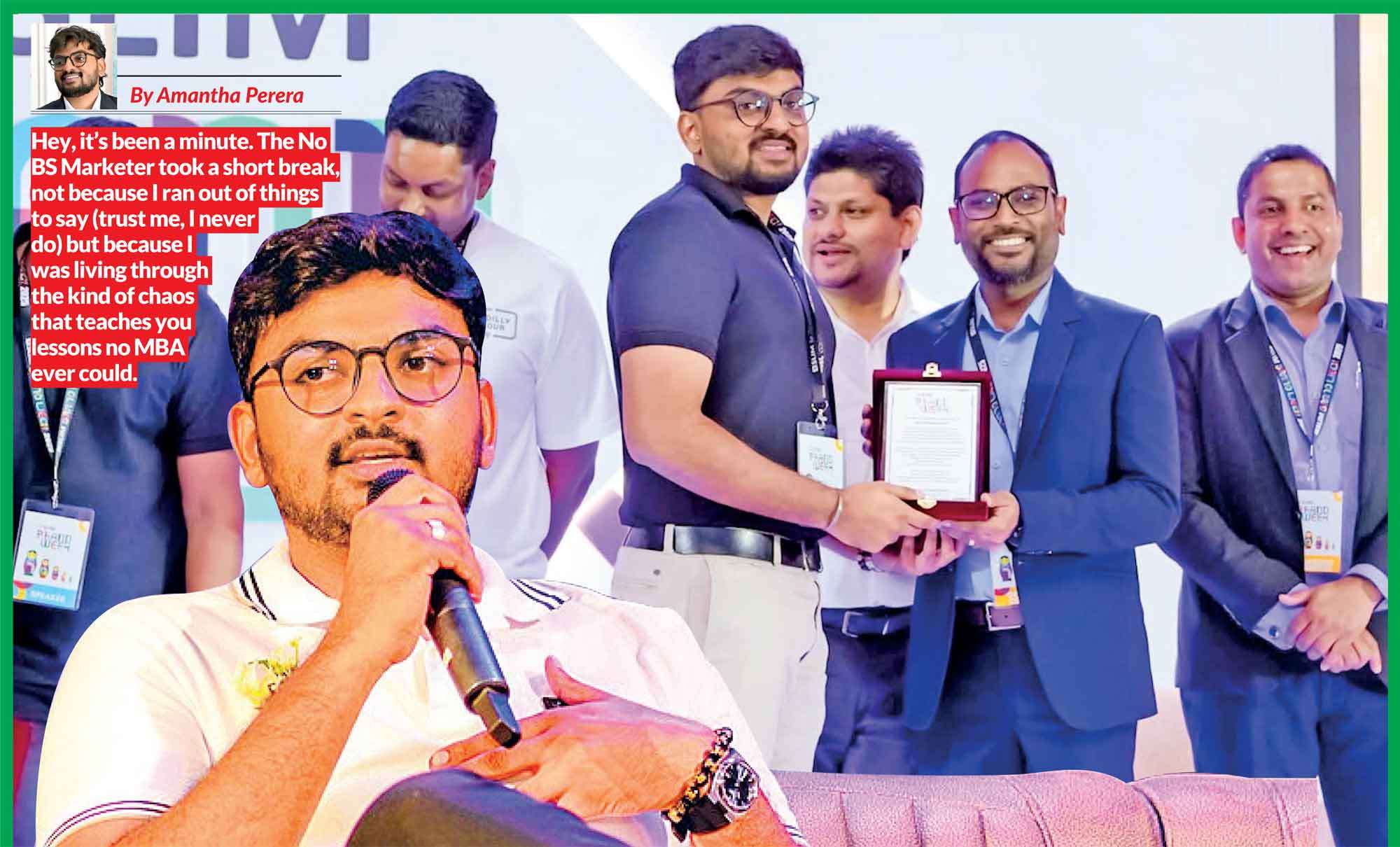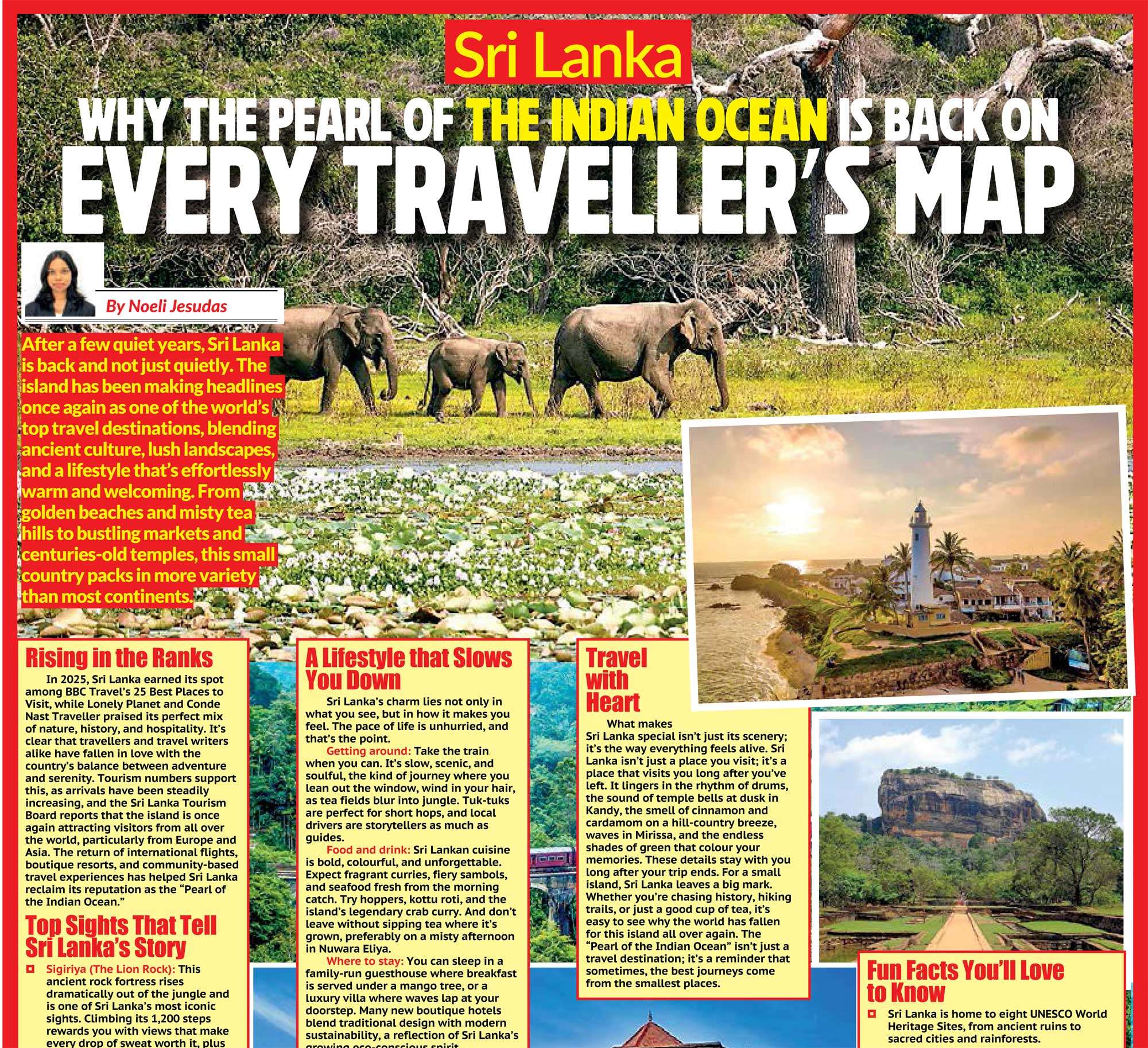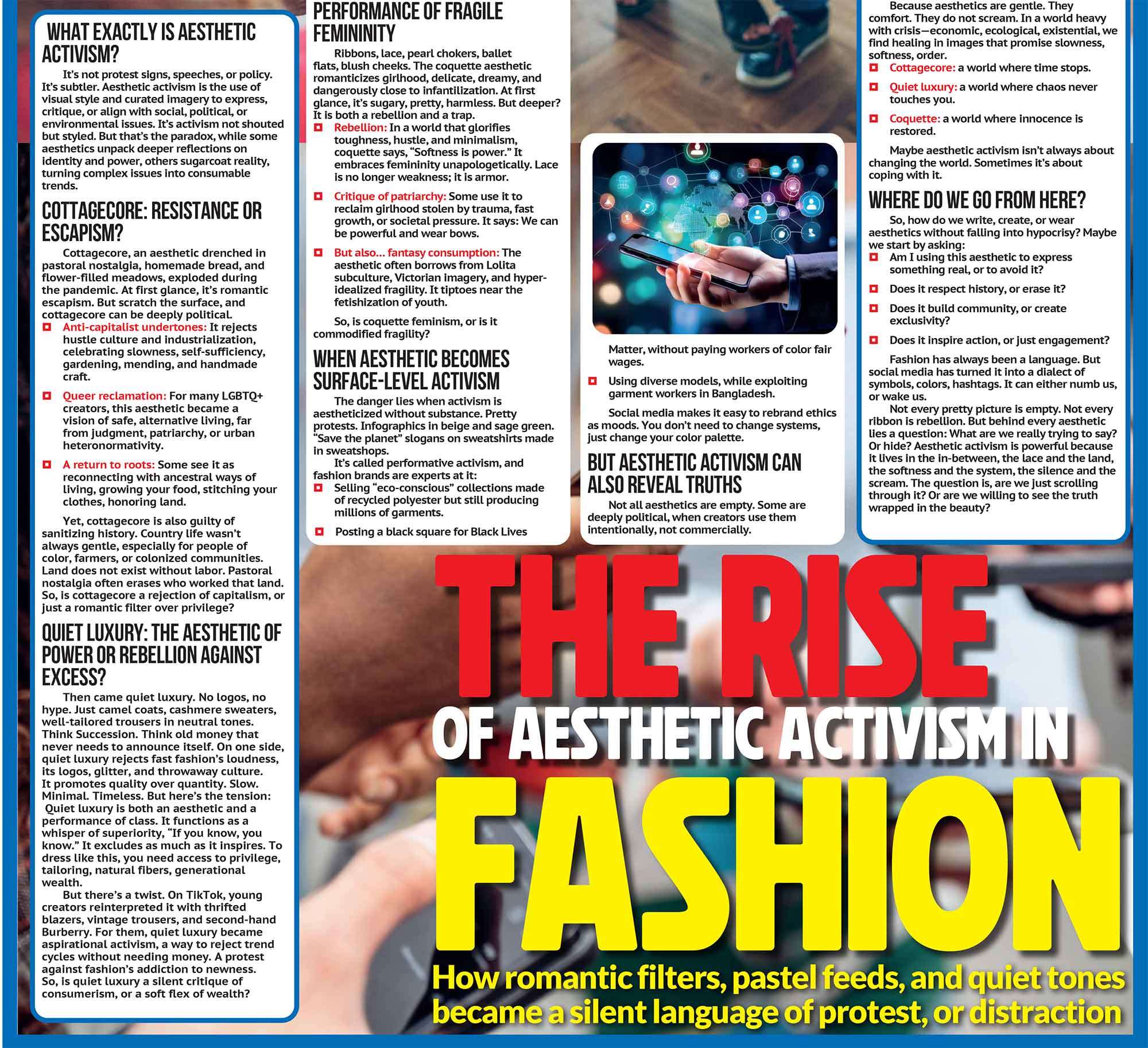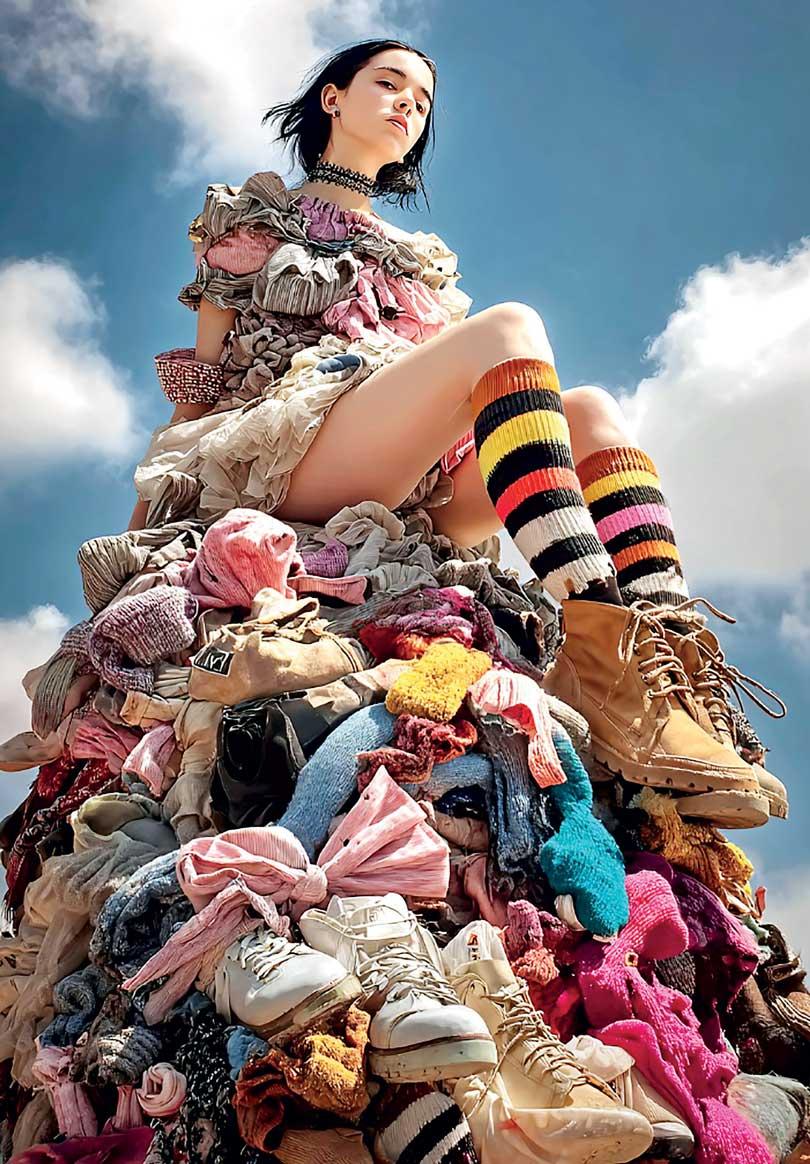



What makes us crave newness, and why our wardrobes are full, but our souls are still searching.
 We live in a world where “add to cart” feels like self-care, and unboxing videos get more views than environmental documentaries. Every scroll tempts us with something new, another dress, another drop, another dopamine hit disguised as self-expression. We call it fashion, lifestyle, or retail therapy, but beneath it lies something much deeper and more human: our emotional dependence on newness. In sustainability conversations, we often talk about materials, supply chains, and waste. But rarely do we confront the root cause, the psychology of overconsumption. Because before a garment ends up in a landfill, it begins in our minds, shaped by emotion, memory, and desire.
We live in a world where “add to cart” feels like self-care, and unboxing videos get more views than environmental documentaries. Every scroll tempts us with something new, another dress, another drop, another dopamine hit disguised as self-expression. We call it fashion, lifestyle, or retail therapy, but beneath it lies something much deeper and more human: our emotional dependence on newness. In sustainability conversations, we often talk about materials, supply chains, and waste. But rarely do we confront the root cause, the psychology of overconsumption. Because before a garment ends up in a landfill, it begins in our minds, shaped by emotion, memory, and desire.
The Seduction of “New”
Humans are wired to crave novelty. Neurologically, “newness” triggers dopamine; the brain’s reward chemical. It’s the same system that drives us to explore, create, and evolve. Buying something new momentarily makes us feel alive, hopeful, and in control. Fashion, more than any other industry, knows how to weaponize this instinct. It thrives on seasonal shifts, micro-trends, and drops, training us to associate new clothes with new versions of ourselves. We don’t just buy garments; we buy a future self: the person who will wear it, the confidence it promises, the admiration it might attract. But dopamine is short-lived. The high fades, and we go looking for the next thing. What remains is the residue of guilt, clutter, and confusion; a wardrobe that grows fuller while our sense of satisfaction empties out.
Boredom: The Silent Trigger
In a world of overstimulation, boredom has become intolerable. The moment silence creeps in, we reach for our phones, and the algorithms know exactly what to show us. A sale. A new collection. An influencer wearing something that looks like happiness. Fashion’s genius lies in making boredom feel like failure. The same outfit twice? Lazy. The same photo? Outdated. The same energy? Uninspired.
The industry constantly whispers, reinvent yourself, refresh your feed, stay relevant. And we comply, mistaking novelty for growth. But true creativity doesn’t come from endless change; it comes from depth. From styling the same piece differently. From finding new meaning in what we already own. Our ancestors didn’t have wardrobes, they had garments, each one with a purpose, repaired and reimagined over years. Today, we buy clothes to fill emotional gaps, not practical ones. We’re not cold or unclothed; we’re just restless.
Identity: Dressing for the Self We Want to Be
Clothing has always been tied to identity, but in the digital age, that connection has become hypercharged. Online, our outfits are no longer just personal; they’re performative. Every look becomes content, every purchase a declaration.
The question isn’t “Who am I?” but “Who will I appear to be?”
When our sense of self feels unstable, fashion becomes a shortcut to belonging. We dress to signal values, aesthetics, politics, even mood. The minimalist wardrobe whispers “discipline.” The vintage shopper says “conscious.” The logo lover says, “I’ve made it.” There’s nothing wrong with self-expression. But when identity depends on consumption, it becomes fragile. We chase external validation instead of internal coherence. And that’s how marketing thrives; by selling not clothes, but reassurance. Luxury brands have mastered this. Their campaigns promise transformation: the fragrance that makes you irresistible, the handbag that earns you admiration, the blazer that announces authority. In truth, none of these objects complete us, but they offer a fleeting illusion that we could be whole.
Belonging: The Fear of Being Left Out
Fashion is social currency. From school uniforms to red carpets, clothing has always marked who’s “in” and who’s not. And the fashion system, built on constant reinvention, depends on keeping us slightly insecure, always on the edge of exclusion.
Micro-trends exploit this perfectly. One month it’s balletcore, the next it’s mob wife chic. Blink and you’ve missed it. The pressure to keep up isn’t just aesthetic, it’s psychological. To fall behind feels like being invisible.
But beneath the fear of missing out lies a deeper craving: belonging. We don’t just want the new bag; we want to be part of the story it represents; a community, a mood, a tribe. Brands know this and sell not products but lifestyles. We’re no longer buying a dress; we’re buying entry into a club where people seem effortless, loved, and seen. In the digital economy of attention, identity is fragmented and fleeting. A new outfit becomes a temporary anchor, a way to feel like someone. Until next season, when the story changes again.
Guilt and the Emotional Hangover of Consumption
For many of us, overconsumption is followed by a pang of guilt. We know the statistics, tons of textile waste, rivers dyed in chemicals, workers underpaid and overworked. Yet we keep consuming, caught between awareness and addiction.
Psychologists call this cognitive dissonance, the tension between what we know and what we do. We rationalize: “I deserve this,” “It’s sustainable,” “It’s an investment.” But deep down, we know it’s emotional compensation, not necessity.
The guilt cycle keeps the system alive. Buy, feel bad, buy something “eco-friendly” to make up for it. In many ways, sustainability itself has become a marketing tool; a way to soothe conscience without challenging consumption. The truth is uncomfortable: we can’t shop our way out of a crisis created by shopping.
The Architecture of Temptation
Every aspect of retail, physical or digital, is designed to bypass rational thought. Soft lighting, curated playlists, psychological pricing (€199 instead of €200), “limited edition” scarcity; all stimulate desire and urgency. Online, it’s even more manipulative. Algorithms remember your preferences better than you do. They track how long you hovered over a product, then show you similar ones. Add a countdown timer or “Only 2 left!” and logic disappears. It’s not lack of willpower; it’s neuroscience. You’re being nudged, constantly. The system isn’t broken; it’s built this way. And the only way out is awareness.
The Joy of Enough
Sustainability conversations often sound punitive: stop buying, stop enjoying, stop expressing. But true sustainability isn’t about deprivation; it’s about depth. It’s learning the joy of enough.
Enough doesn’t mean minimalism or austerity. It means intimacy, with your clothes, your values, your emotions. It’s about knowing the story behind each piece, wearing it proudly, repairing it lovingly, passing it on meaningfully. There’s quiet pleasure in repeating outfits, in styling what you already own, in rediscovering your wardrobe like an archive of your becoming. Every garment can be a memory, not a burden. When you stop chasing newness, you start noticing beauty again, in texture, stitching, fabric, fit. You begin to consume not to fill a void, but to celebrate life more consciously.
A Collective Mirror
Overconsumption is not an individual flaw; it’s a collective symptom. A symptom of an economic system built on growth, of social media’s hunger for novelty, of cultural emptiness disguised as aspiration. Fashion mirrors us. Its chaos reflects our anxiety, its speed mirrors our distraction. If we want a slower, fairer industry, we have to start by slowing our minds.
That means asking different questions:
- Why am I drawn to this?
- What emotion am I trying to soothe?
- What do I already have that gives me this feeling?
When fashion becomes a tool of reflection, not distraction, it returns to its original magic, the art of storytelling, identity, and imagination.
In the end, overconsumption isn’t about greed; it’s about longing. For novelty, for connection, for meaning. The problem isn’t that we want too much; it’s that we’ve forgotten what we truly want. Fashion doesn’t need us to stop desiring. It needs us to desire better. To fall in love with craftsmanship, care, creativity. To replace the thrill of newness with the satisfaction of authenticity. Because when we buy less but mean it more, when our wardrobes tell stories instead of trends, that’s when we move beyond the seams of consumption, and closer to what fashion was always meant to be: a reflection of our shared humanity.


